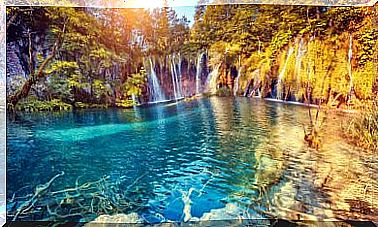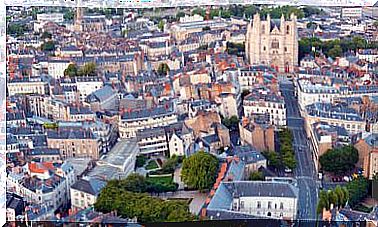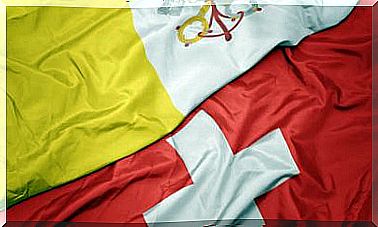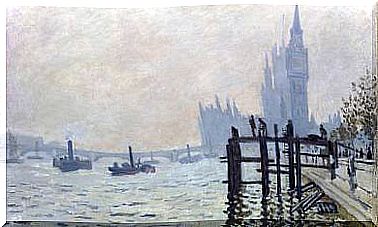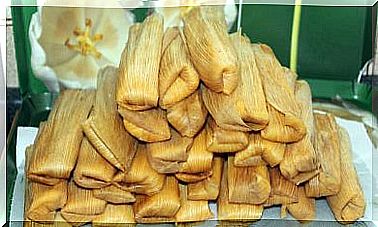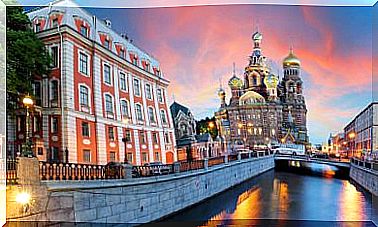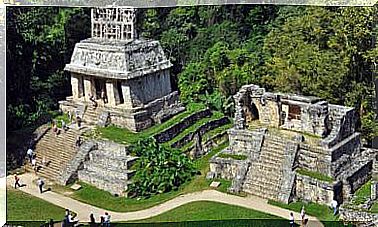7 Monuments Of Mérida That You Must Visit
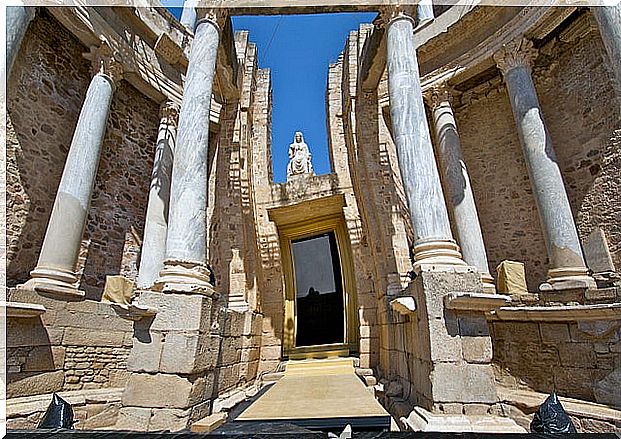
Mérida is a Roman city called “Augusta Emerita” and founded by Octavio Augusto. In the past, its function was to host veterans of the V Alaudale and X Gemina legions. A fascinating history that has left enormous samples in the form of heritage. We want to show you the essential monuments of Mérida.
And this is the city in Spain that has the most heritage related to the Roman Empire. Proof of this are the many monuments of the time. Most of them were built in the 1st century AD. Then, many of them went on to be expanded and reformed in the 3rd century AD. Let’s get to know the main ones, let’s get started!
1. Monuments of Mérida: Roman theater
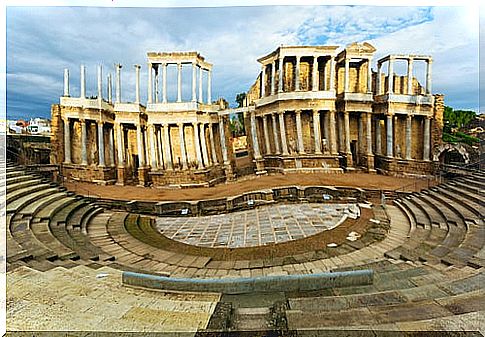
We are talking about one of the best Roman theaters that exist. It could accommodate up to 6,000 people and was erected to give the city prestige. The slipway is used to take advantage of a natural hill. In addition, as in many Roman theaters, the highest part is more deteriorated, having been the least buried and the first to be plundered.
Although the Roman theater in Mérida is smaller than others in the world, it is one of the most beautiful and best preserved. It has two large bodies of columns made of marble that have statues of emperors who were deified.
2. Roman amphitheater of Mérida
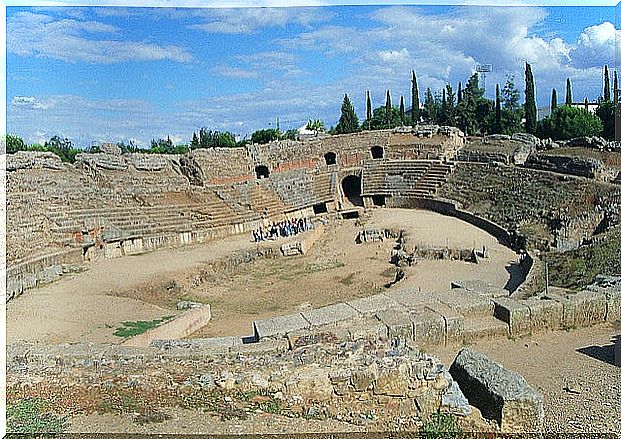
Next to the Roman theater is the amphitheater, another of the great monuments of Mérida. The Romans adored popular spectacles with gladiators and wild beasts. In the arena of the amphitheater, jungles and forests used to be simulated, recreating battles and episodes of all kinds. They came to fit more than 15,000 people.
The passage of time has done something worse than the theater, and it is not in such good condition. Of the two existing stands, only one has been restored. Despite this, you can sense the grandeur of a place that was one of the main diversions in ancient Roman times.
Something curious and that you can enjoy if you visit Mérida is its gladiator school, the Emeritae Ludus Gladiatorum . They perform various wrestling shows in the amphitheater. It is certainly worth seeing.
3. House of Mitreo
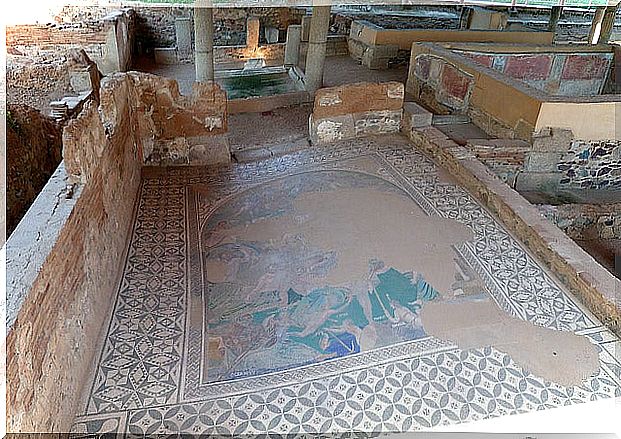
It is located at the foot of the San Aldín hill, more specifically in Oviedo street. It is a manor house from the middle of the 1st century AD that was found by chance in 1960. In this house you can see mosaics and frescoes from the time on the ground floor. Nothing remains of the supposed upper floor that it once had, according to historians.
It has all the typical characteristics of Roman houses, counting on an atrium, tetrastyle with impluvium, etc. The mosaic of the Cosmos stands out especially, which is quite well preserved.
4. Roman circus of Mérida
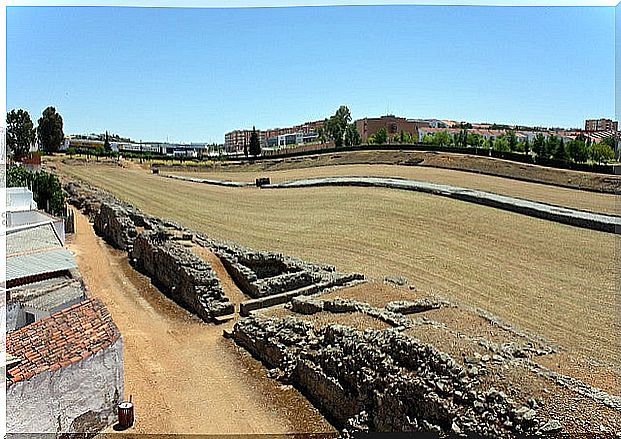
Of great proportions, its dimensions are 403 meters long by 96 wide, with a capacity that reached 30,000 spectators. Also dated to the 1st century AD, remodeling took place in the 3rd and 4th centuries AD
5. Archaeological zone of Morería
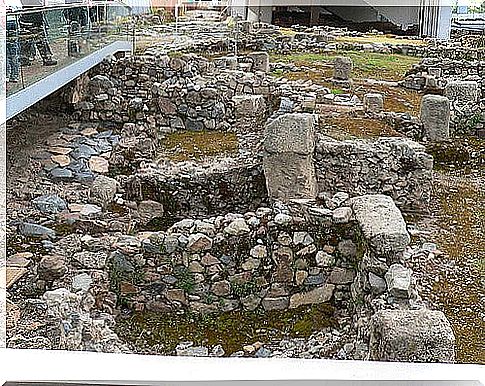
It is one of the most important existing urban deposits in the Iberian Peninsula. It consists of 12,000 square meters. It is under the buildings of the new ministries and dependencies that the Junta de Extremadura has.
Remains from all periods in the history of the city can be found. Prehistory, Rome, Visigoths, Muslims and even modern times are represented here.
6. Crypt of Santa Eulalia
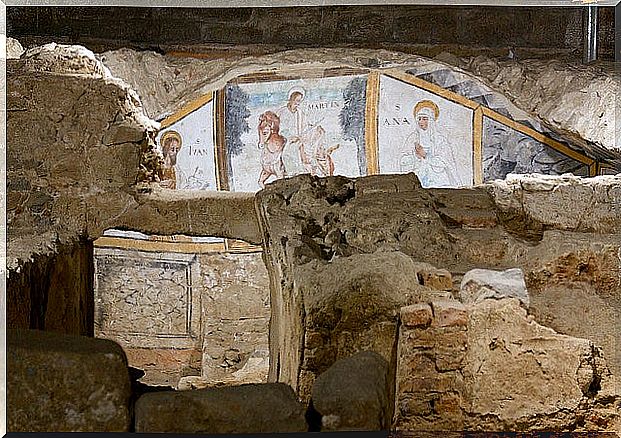
It is one of the most interesting places in Mérida. It is under the church of the same name, which was built after the Christian reconquest of the city. It was erected on the remains of the early Christian era of the primitive temple to be able to house the relics belonging to Santa Eulalia, a 12-year-old girl who was a martyr at the time of the famous Diocletian persecutions.
7. Aqueduct of Los Milagros
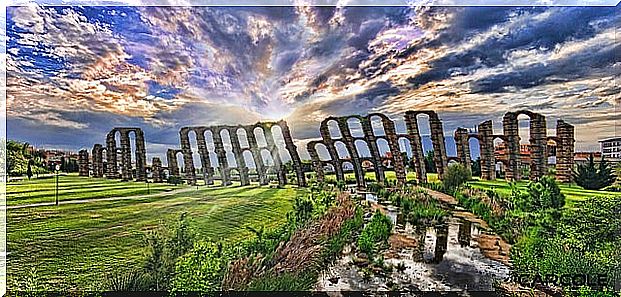
We finish the tour of the monuments of Mérida at the Los Milagros aqueduct. It is one of the largest in Roman times, and its function was to collect water from the Proserpina reservoir. It is named for the surprise it used to cause to all who saw it. The truth is that, despite its age, it is quite well preserved.
Cover photo: Jose Bodalo
